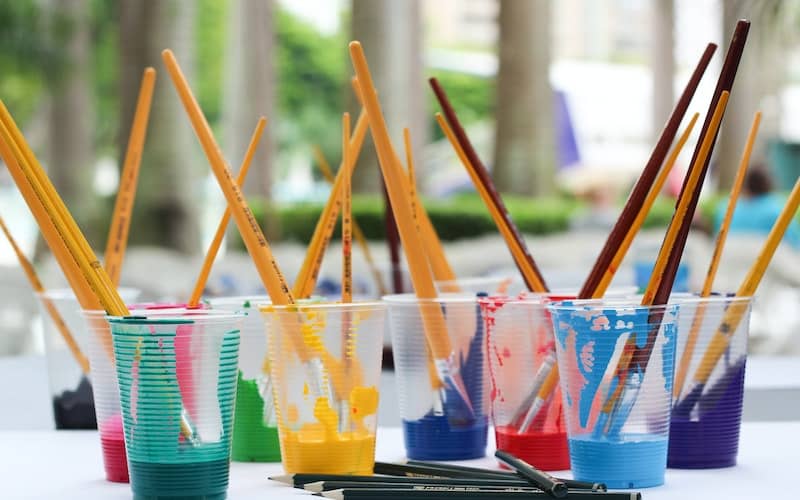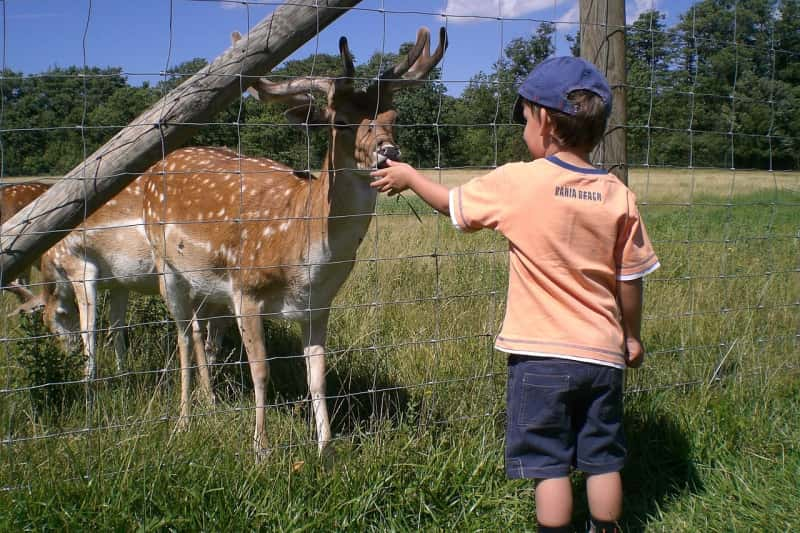Last Updated on April 28, 2023 by ellen
Wondering about toy minimalism? Find out more about imaginative play with fewer toys and the benefits becoming a toy minimalist.
Posts may be sponsored. This post contains affiliate links, which means I will make a commission at no extra cost to you should you click through and make a purchase. As an Amazon Associate I earn from qualifying purchases.
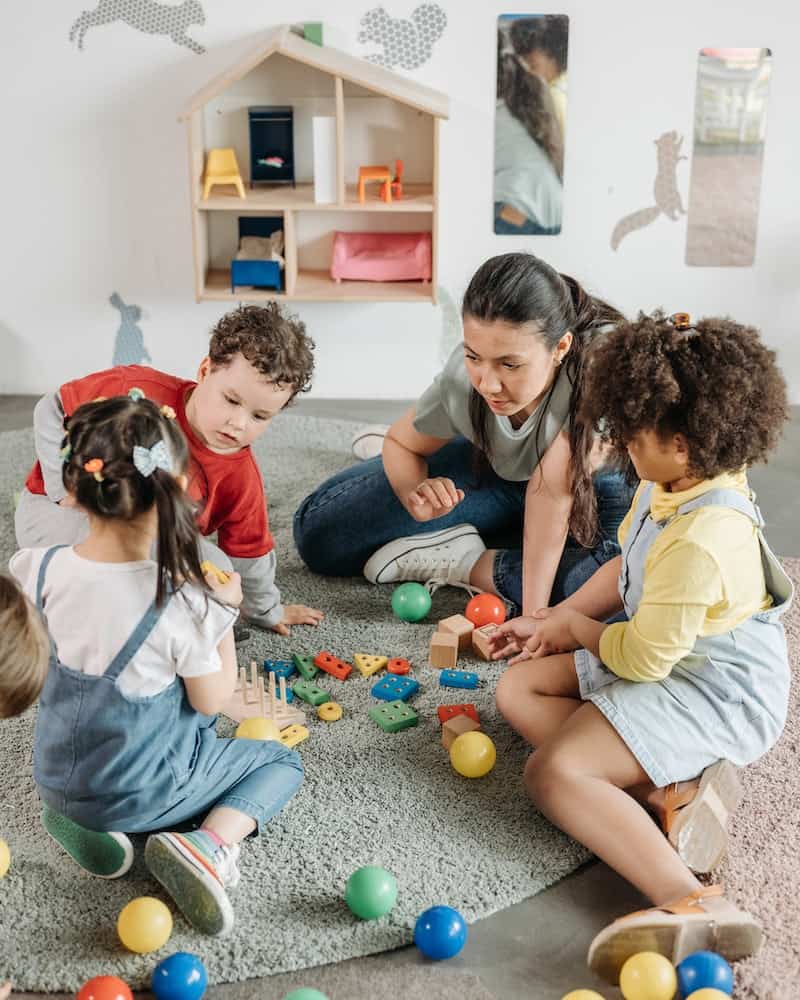
Table of Contents
What is Toy Minimalism?
Toy minimalism is the practice of consciously and intentionally curating fewer toys for children to encourage creative play. It’s about providing kids with a small selection of engaging, open-ended materials that invite exploration and creativity.
By focusing on quality over quantity, parents can reduce clutter, save money and support their child’s healthy development. Remember, kids play to learn and children learn through experiences.
This product presentation was made with AAWP plugin.
Benefits of Toy Minimalism
Toy minimalism can be beneficial for both parents and their children. Some of the benefits include:
- Reduced Clutter: Decluttering your child’s playroom can make it easier to keep clean and give them more space to play in.
- More Time for Play: Reducing the number of toys means less time lost to tidying them away, allowing kids more time to explore their environment and use their imagination.
- Develops Creativity: Having fewer items encourages children to think creatively in order to make something new from old materials. Their imaginations are nurtured and supported as they experiment with different ways to play.
- Saves Money: With fewer toys, parents don’t feel the need to purchase new items as frequently and can focus on quality over quantity when making purchases.
- Encourages Responsibility: Fewer toys mean children have more ownership over their belongings, developing their ability to take responsibility and care for their stuff.
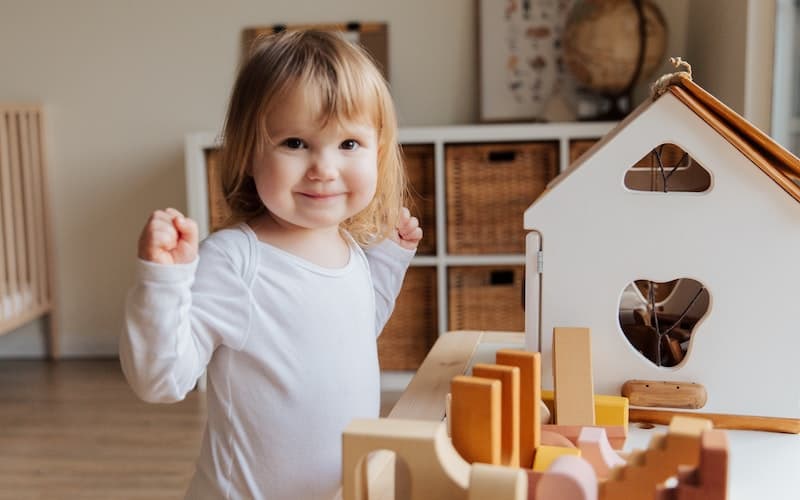
Benefits of fewer toys
for children can be felt in the long-term. By developing their creativity, problem-solving skills and sense of responsibility at an early age, they’re setting themselves up to become independent thinkers who value quality over quantity in adulthood.
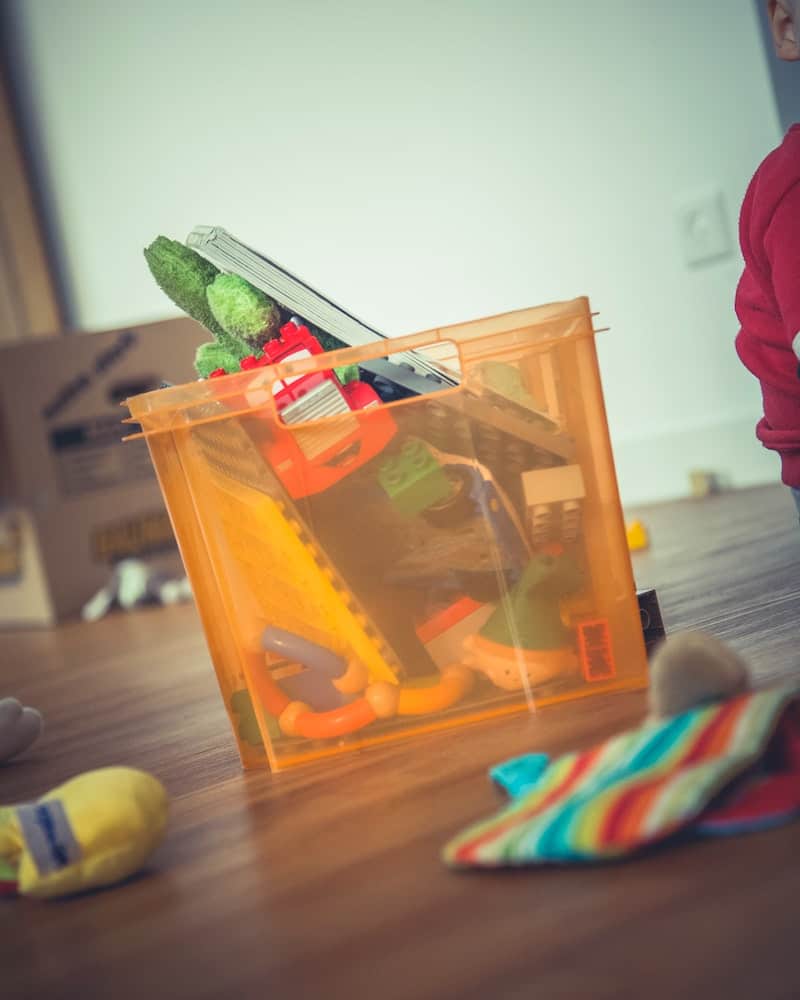
Getting Started with Toy Minimalism
If you’re interested in starting a toy minimalism journey with your child, there are some simple steps to follow:
1. Start by going through the toys that are already in the house and decide which ones to keep and which ones to donate or discard.
2. Consider the materials and activities that you want to include in your play environment and choose items which will encourage imaginative play.
3. Be mindful of what’s coming into the house, only buying items when necessary and opting for quality over quantity whenever possible.
4. Involve your child in the process, allowing them to choose a few of their favorite toys and help with tidying up.
5. Regularly review your toy collection and donate or discard items that are no longer being used.
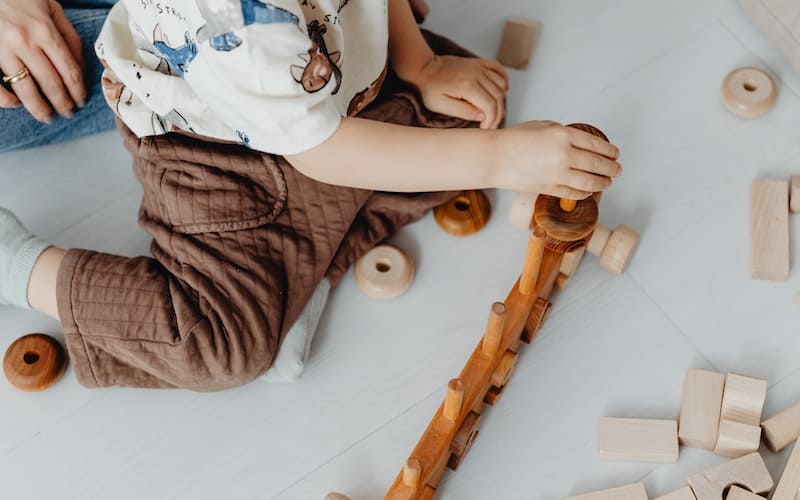
How big should a minimalist toy collection be?
So, how many minimalist toys do you need? The size of a minimalist toy collection will depend on the individual and their preferences, but it’s suggested that having around 20-30 items is a good starting point. This number may vary depending on the age of your child, as younger children typically need fewer toys than older children.
It can also be helpful to keep in mind that a minimalist toy collection doesn’t have to be static. As your child grows and their interests change, you can periodically add new items or discard old ones.
You can borrow toys from your local library and buy them second hand on Facebook marketplace. You don’t have to buy every toy from the toy store.
Simple toys can still be fun and encourage pretend play. Imagine all the fun a child can have with a cardboard box, measuring cups, and dry beans.
Screen free entertainment?
Screen free entertainment is just as important in a toy minimalism journey. Instead of relying on screens for your child’s entertainment, focus on activities which will engage their imagination and creativity, such as story telling, pretend play, painting or building.
There are plenty of screen-free alternatives that are both fun and educational for kids.
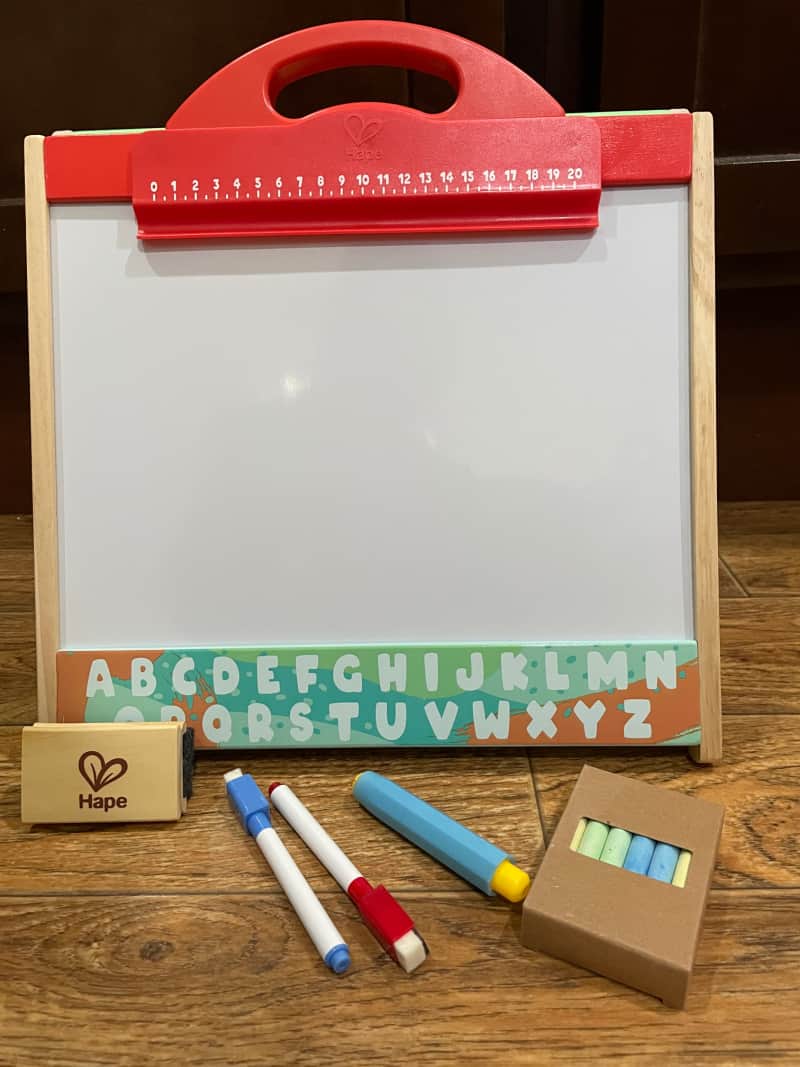
What are open ended toys?
Open-ended toys are materials that can be used in multiple ways and encourage creative thinking. Examples of open-ended toys include blocks, dress-up clothes, art supplies, wooden puzzles and natural materials such as shells or stones.
These toys don’t come with instructions, instead allowing children to create their own unique games and stories. Open-ended toys are an excellent way to encourage imaginative play and develop problem solving skills.
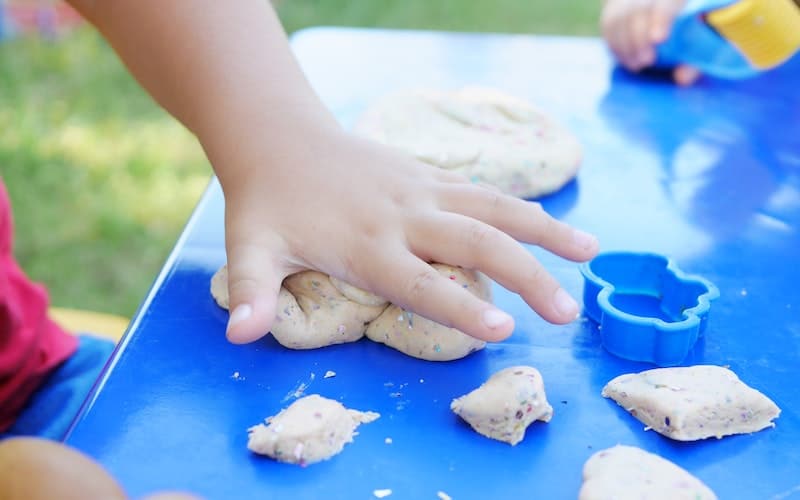
What are sensory toys?
Sensory toys are objects which stimulate the senses. These could be tactile, such as soft furry items or textured balls; visual, such as light up toys or colorful spinning tops; auditory, such as musical instruments and chimes; olfactory, such as scent cubes; gustatory, such as edible play dough; and vestibular, such as spinning toys and rocking chairs.
Sensory toys can help children develop their sense of touch, sight, sound and smell, as well as promote calmness in those with sensory processing difficulties.
This product presentation was made with AAWP plugin.
Rotate toys for small children
It can be helpful to rotate toys for small children, which means taking out a few of the items and storing them away for a period of time. This prevents them from becoming bored with the same toys and encourages imaginative play as they explore each item in different ways.
When you bring back the stored items, it’s like getting new toys.
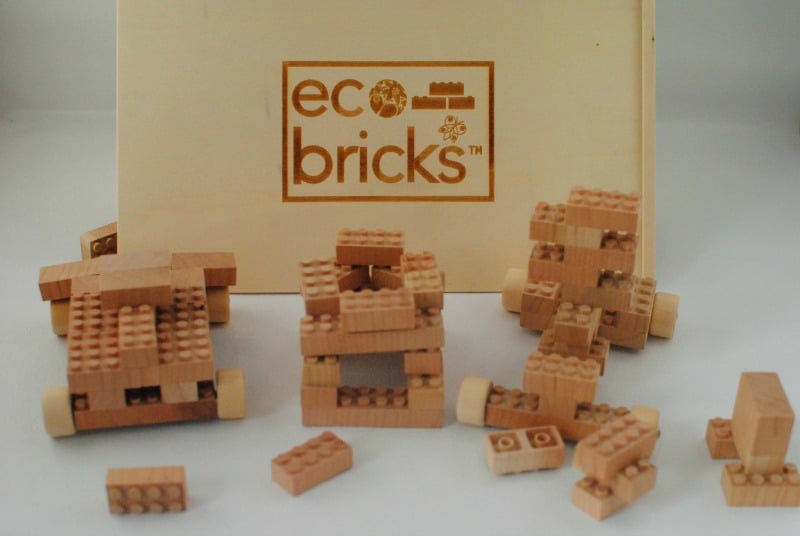
What are minimalist toys?
Minimalist toys are defined as items that have multiple uses and can be used to create different kinds of play. These toys promote open-ended play and encourage children’s imagination, creativity and problem solving skills.
Examples of minimalist toys include blocks, musical instruments, wooden puzzles, kitchen sets and dolls. Minimalist toys often focus on natural materials and encourage children to explore their environment.

List of the best minimalist kids toys
Here are some of the most popular minimalist toys. Sometimes children have so many toys that they can’t figure out what to do.
- Wooden Blocks
- Sensory toys
- Kitchen Sets
- Dress Up Clothes
- Musical Instruments
- Building Sets and other wooden toys
- Colored Pencils and other Art Supplies
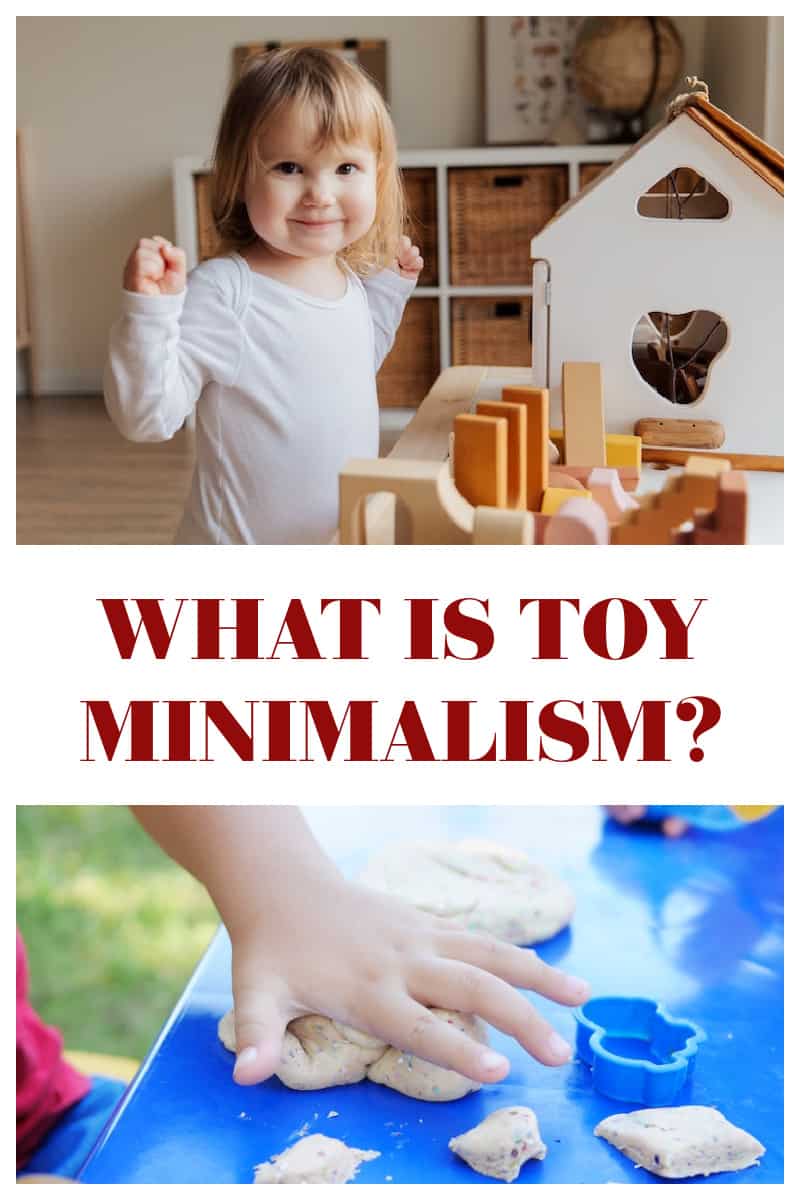
- Wooden Puzzles
- Baby Dolls & Action Figures
- Science Kits & Experiments
- Board Games & Card Games
- Cars, Planes & Trains
- Books & Storytelling
- Puppets & Play Sets
- Play Mats & Doll Houses
- Active toys like balls, jump ropes, bikes and scooters
Best gifts for minimalist kids
If you’d prefer not to have less toys, you may be wondering what a toy minimalist gets as a gift. The answer is experience gifts. Buy an annual pass to the zoo. Visit an aquarium. Pay for music or dance lessons.
Toy minimalism is an excellent way to provide your child with engaging materials that support their healthy development without overwhelming them with too many options. By curating fewer toys, parents can reduce clutter, save money and focus on quality rather than quantity. With a thoughtful selection of open-ended, sensory and minimalistic toys, children can have an enriching playtime experience.
It is also important to remember that toys are not the only way to foster development in a child; spending quality time with them is just as important when it comes to creating meaningful interactions.
By following these steps, you can create an environment which encourages imaginative play and helps foster your child’s creativity. Toy minimalism can be a low-cost, high impact way to support your child’s healthy development.
Related Reading
- Minimalist kids room
- Guide to living a simpler happier life
- How to save money on toys
- How to simplify life with kids

Ellen is a mom of a 25-year-old son and 30-year-old daughter. She is Grandma to one adorable toddler. In what little spare time she has, she loves to read, watch movies, and check out the latest toys and games.

